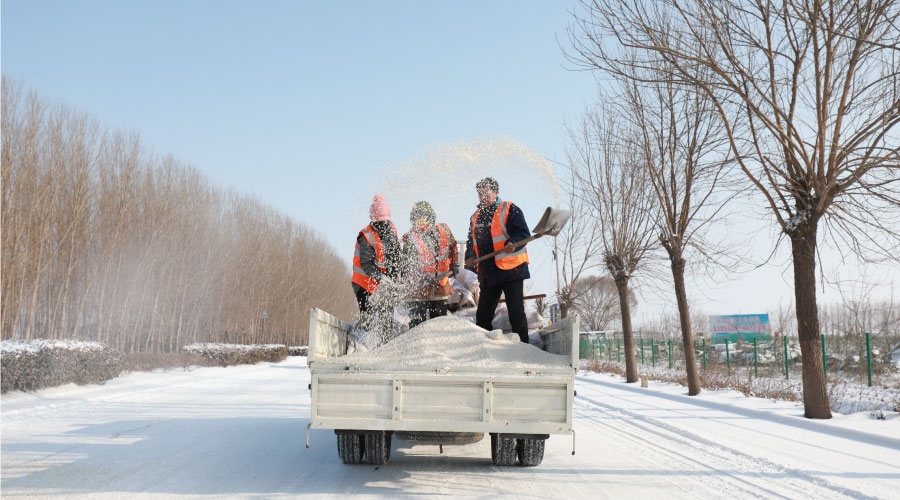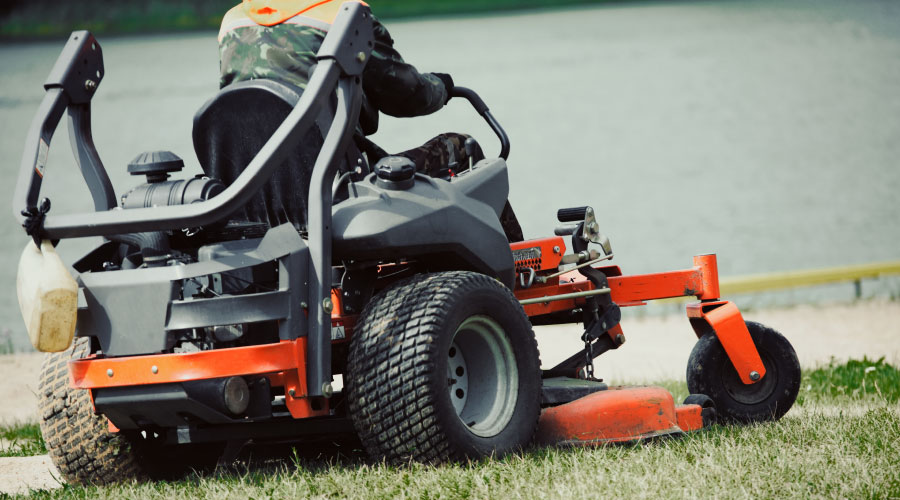New Manufacturing Trends Affect Grounds Equipment Specification
ISU has converted grounds care equipment to use 20 percent bio-diesel where possible.
“Our large mowers, dump trucks and all heavier equipment, like skid steers and backhoes, are all run on bio-diesel made from renewable soy or vegetable oil,” O’Grady says. “We started with 10 percent bio-diesel and gradually increased to 20 percent, based on manufacturers’ recommendations and warranty.
“We are looking into purchasing small, electric trucks for transportation around campus,” he says. “They look like a little van or pickup and will go 25 miles per hour and possibly up to 40 miles per charge. We will have to get a permit from the Town of Normal in order to drive them on city streets.”
Changes in manufacturing trends and government regulations are giving managers more issues to consider as they specify grounds care equipment.
Manufacturers are working continually on alternative-fuel vehicles, as well as models that offer greater fuel-efficiency and produce lower emissions and noise, while still delivering a high level of performance.
Nationally, municipalities are enacting ordinances limiting or eliminating gas-powered equipment for grounds care operations. The U.S. Environmental Protection Agency issued new emissions standards in September. The standards require a 35 percent reduction in emissions from new lawn and garden equipment beginning in 2011. The EPA estimates the regulation will save about 190 million gallons of gasoline.
Related Topics:















